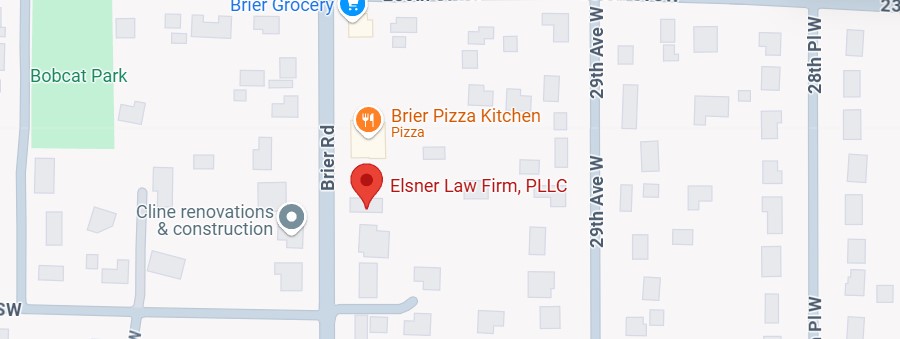Vision Zero in Seattle: What It Means for Road Safety
White silhouettes, with a name and age scrawled in marker across the body, adorn street corners and crosswalks in mid-November around the city of Seattle. Haunting, somber, and alarming: it’s World Day of Remembrance – a global effort to honor and remember lives lost in traffic accidents and to encourage drivers, cyclists, and pedestrians to slow down and pay attention.
So, What’s Vision Zero?
A few years ago, Seattle was named one of the safest cities for pedestrians. But we’re by no means close to zero. This was apparent by the number of people participating in World Day of Remembrance prior to Thanksgiving on our very streets. Seattle set a lofty goal and Vision Zero was born in an effort to make this goal a reality: zero deaths or serious injuries from traffic-related accidents. Is it possible?
Vision Zero believes that a vast majority of deaths and serious injuries on the street are preventable. We call them accidents, but are they really? We know many, many people that pick up their phone quickly to check their texts or change the song on the radio in the car – with one eye on the road – knowing the dangerous risks involved. If you’re reading this, we’d feel confident placing a bet that says you’ve probably done it too, maybe even today. In our fast paced world where multitasking is a respected skill, it’s something we forget to leave at the door as we settle into our cars. We deliberately make a choice to take our eyes off the road several times during an average commute. So, the truth is many of these accidents are not truly accidents. That simple fact is motivation for change.
The Goal is Safer Streets – But How?
“Collisions are often the result of poor behaviors and unforgiving roadway designs. So we must approach the problem from multiple angles – street designs that emphasize safety, predictability, and the potential for human error, coupled with targeted education and data-driven enforcement efforts.” – Vision Zero
In 2012, the Road Safety Action Plan was born. Vision Zero has been defined in recent years as a recommitment to this goal. Three key actions were established to make this a reality and efforts have since begun in every single area.
Lowering Speed Limits
It’s science. Driving below 25 mph decreases stopping distance. Accordingly, Vision Zero has lowered downtown speed limits to 20-25 mph – especially close to schools and parks. If you’re worried that this is going to drastically lengthen your commute, have no fear: they did the math and you’re only adding about a minute to your commute. We’d make a pact to leave a minute earlier if it meant saving a life, wouldn’t you?
Redesigning Intersections and Corridors
Our favorite example of changes being made are things like “leading pedestrian intervals”. This just means that the WALK signs come on moments before the traffic light turns green. This gives pedestrians a bit of a head start on getting into the crosswalk and in plain sight before cars begin moving. They are adding “no turn on red” to more dangerous street corners, and eliminating some dual-turn lanes where cars in parallel lanes turn the same direction. These are especially dangerous because now the pedestrian is relying on not one but two cars to see them and give them the right of way.
Enforcement & Education
Aside from a stronger police presence at high-risk traffic areas, issuing tickets for things like distracted driving and failing to yield to a pedestrian in a crosswalk. There’s also going to be a “re-enforcement” plan to reinforce good behavior. This is awesome, but we apologize in advance for the panic attack you might feel as you’re being approached by a police officer, racking your brain on what you could have possibly done wrong in the minutes prior. Truth is, he might just be bringing you a coffee card to say “good work”.
Vision Zero has also recently put out PSAs and formed important partnerships to encourage safer choices. We love the “Tiny PSAs”: short, impactful videos to keep people educated on the rules of the road. For example, did you know that every intersection is a crosswalk, whether it’s marked or not? Vision Zero also has partnerships with Uber and Lyft in order to provide deeply discounted rates for those that might be too impaired to drive a vehicle.
As the seasons change, collisions increase. Weather worsens and it gets darker earlier. If you’re interested in partnering with Vision Zero, check out their site for promotions and contact information. And of course, if you need our services for a traffic-related infraction or injury, we’re ready to help, too. Stay safe!






